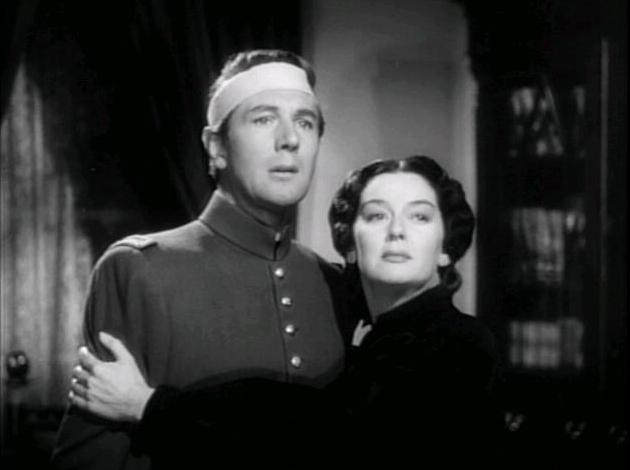
 |
| Photo © 1947 RKO Radio Pictures |
| Academy Award Nominations: | |
| Best Actress: Rosalind Russell | |
| Best Actor: Michael Redgrave | |
| Golden Globe Nominations and Winners: | |
| ★ | Best Actress (Drama): Rosalind Russell |
| Other Awards: | |
| National Board of Review: Best Actor (Redgrave) | |
| Permalink | Home | 1947 | ABC | Blog |